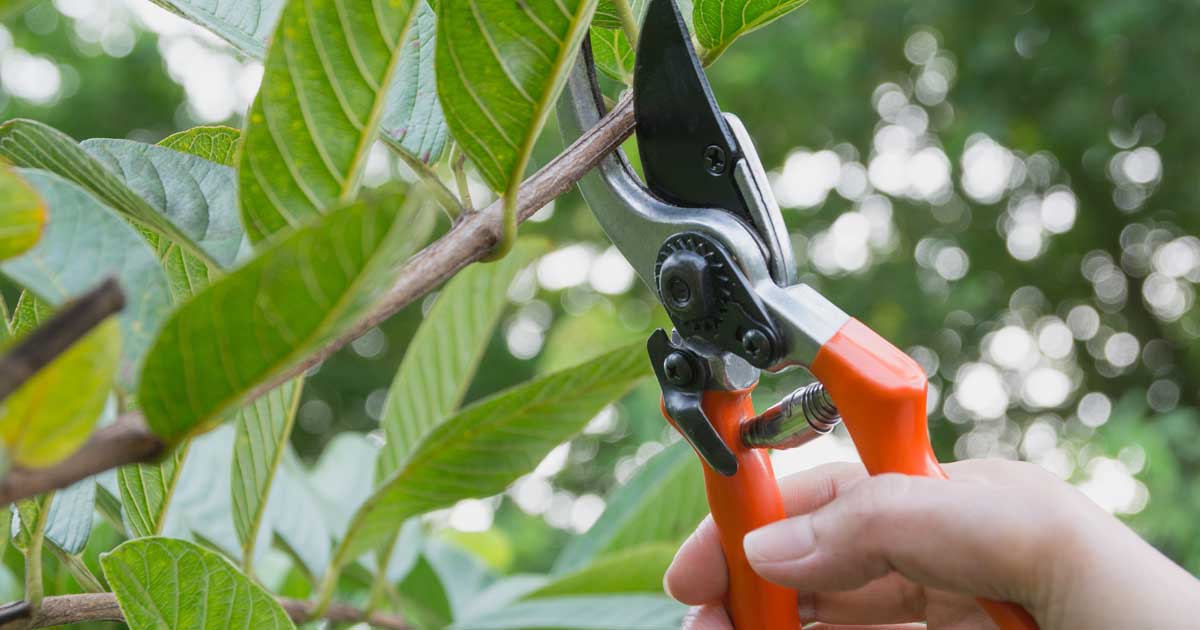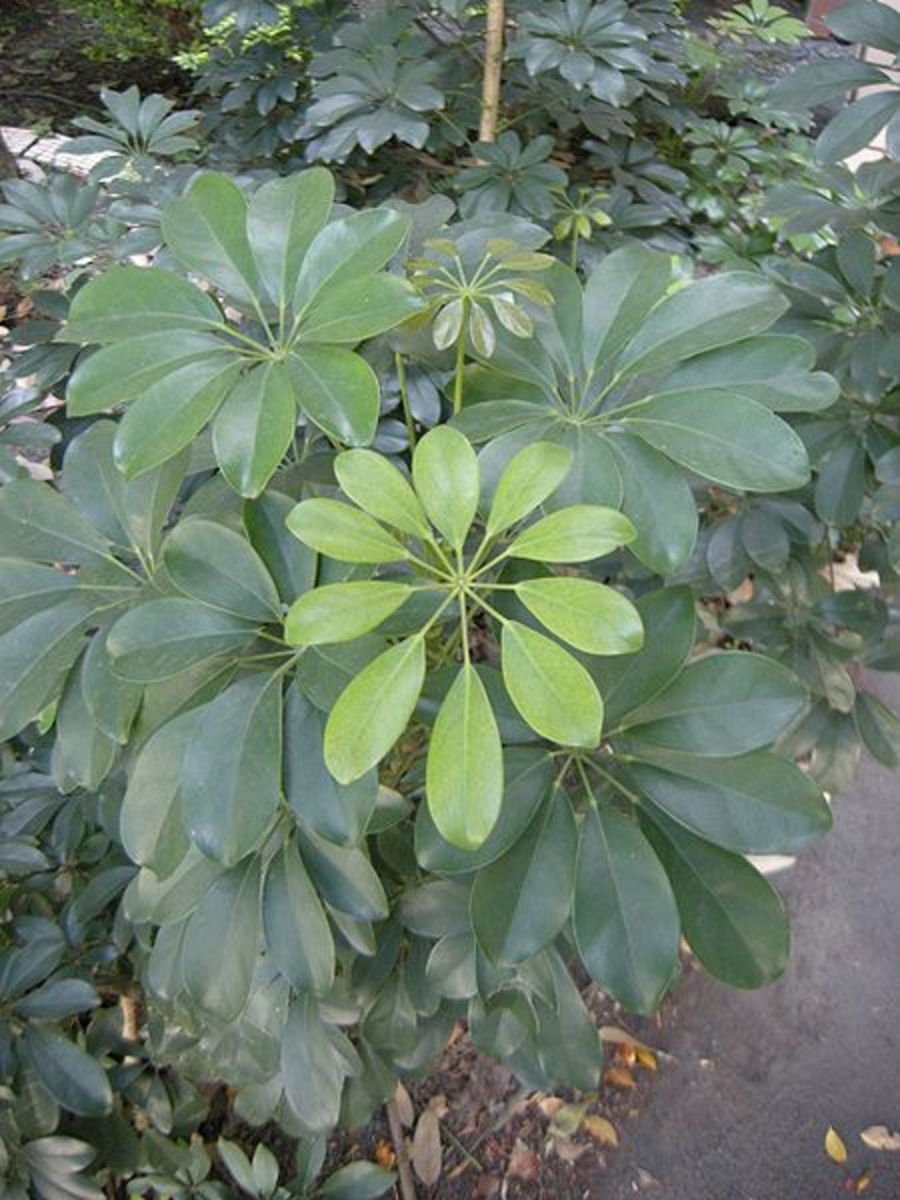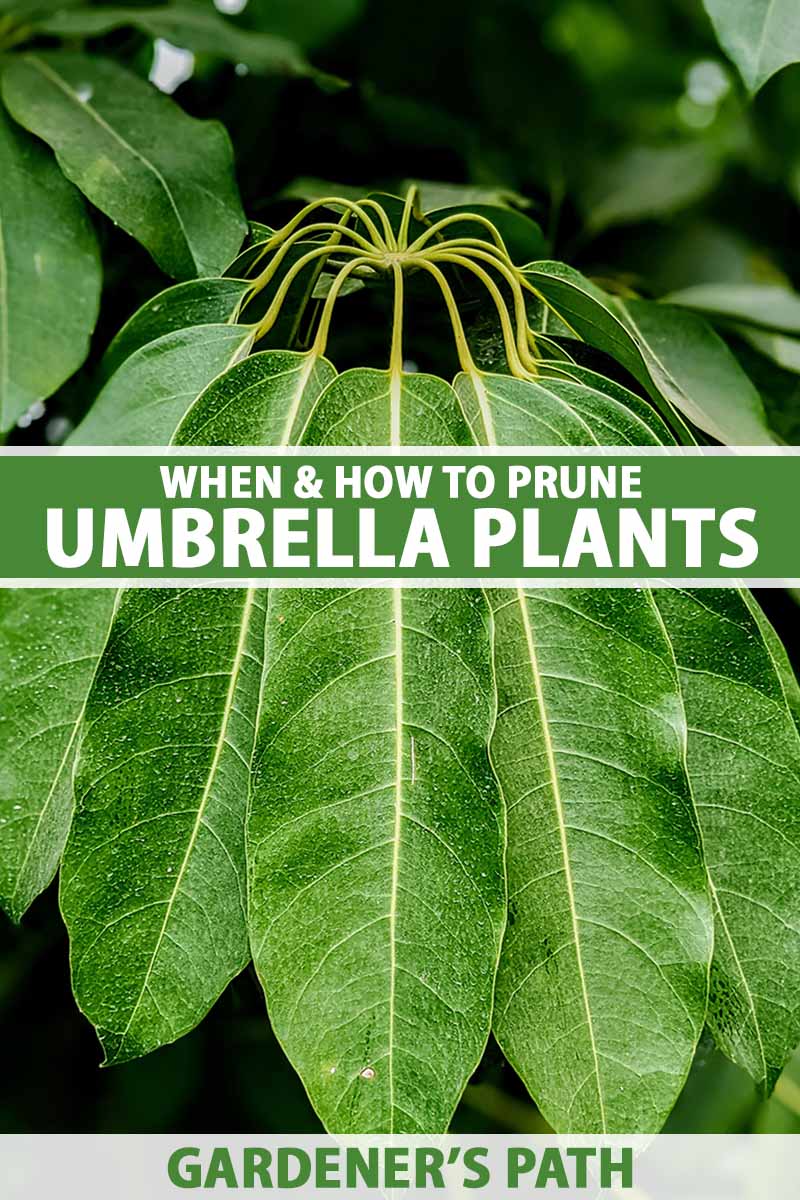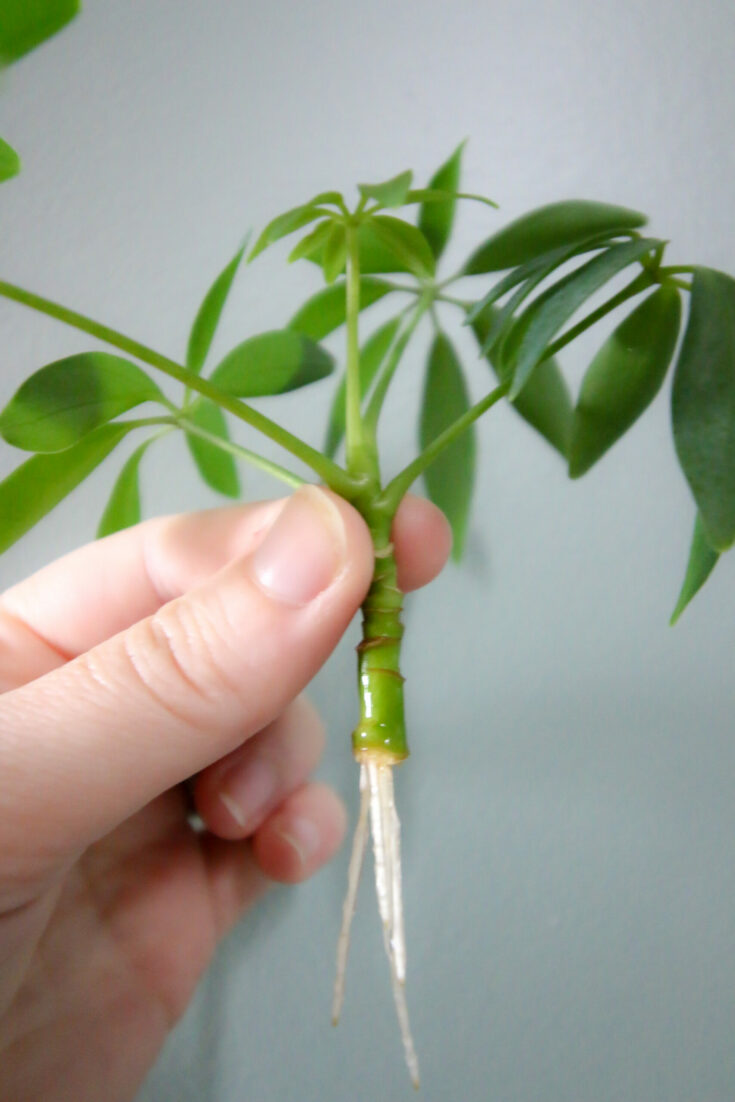Why Pruning is Essential for Your Umbrella Plant’s Health
Pruning is a crucial aspect of umbrella plant care, and understanding its importance can make all the difference in maintaining the health and appearance of your plant. When done correctly, pruning helps control the plant’s size, promotes healthy growth, and encourages blooming. By removing dead or damaged leaves and stems, pruning prevents the spread of disease and encourages the plant to focus its energy on producing new growth.
Umbrella plants can quickly become leggy and overgrown if left unpruned, which can lead to a loss of their natural shape and beauty. Regular pruning helps maintain the plant’s signature umbrella shape, keeping it full and lush. Additionally, pruning stimulates the plant to produce new growth, which can lead to a more vibrant and healthy appearance.
Pruning also plays a critical role in encouraging blooming in umbrella plants. By removing old flowers and seed heads, pruning stimulates the plant to produce new blooms, which can add a pop of color and vibrancy to your space. Furthermore, pruning helps prevent the plant from becoming too top-heavy, reducing the risk of it toppling over.
When it comes to learning how to prune an umbrella plant, it’s essential to understand the importance of timing. Pruning at the right time can make all the difference in the plant’s response to pruning. Pruning during the growing season, typically in the spring and summer months, encourages new growth and helps the plant recover quickly from pruning.
In contrast, pruning during the dormant season, typically in the fall and winter months, can cause the plant to become stressed, leading to disease or pest issues. By understanding the importance of pruning and timing, you can keep your umbrella plant healthy, thriving, and looking its best.
Choosing the Right Tools for the Job: Pruning Essentials
When it comes to pruning an umbrella plant, having the right tools for the job is essential. The quality of your pruning tools can make a significant difference in the outcome of your pruning efforts. Sharp, clean pruning shears are a must-have for any umbrella plant owner. Dull or dirty pruning shears can cause more harm than good, leading to torn or crushed stems and leaves.
In addition to pruning shears, a pair of gloves is also a good idea. Gloves will protect your hands from thorns and sap, making the pruning process much more comfortable. For harder-to-reach areas, a pair of long-handled loppers can be a valuable asset. Loppers allow you to prune stems and branches without having to stretch or strain, reducing the risk of injury.
Other essential tools for pruning an umbrella plant include a pruning saw and a pair of scissors. A pruning saw is useful for cutting through thicker stems and branches, while scissors can be used to trim smaller stems and leaves. By having these tools on hand, you’ll be well-equipped to tackle any pruning task that comes your way.
When selecting pruning tools, look for high-quality, durable options that will withstand regular use. Avoid using tools with rusty or damaged blades, as these can cause more harm than good. By investing in good-quality pruning tools, you’ll be able to prune your umbrella plant with confidence, knowing that you have the right tools for the job.
Remember, pruning is an essential part of umbrella plant care, and having the right tools is crucial for success. By choosing the right tools for the job, you’ll be able to prune your umbrella plant with ease, promoting healthy growth and encouraging blooming.
Preparing Your Plant for Pruning: A Step-by-Step Guide
Before you start pruning your umbrella plant, it’s essential to prepare the plant for the process. This involves inspecting the plant for dead or damaged leaves, removing any weak or spindly growth, and disinfecting your pruning tools. By taking these steps, you’ll be able to prune your umbrella plant safely and effectively.
Start by inspecting your umbrella plant for any dead or damaged leaves. Look for leaves that are yellow, brown, or wilted, and remove them from the plant. This will help prevent the spread of disease and encourage healthy growth. Next, remove any weak or spindly growth from the plant. This will help maintain the plant’s shape and promote healthy growth.
Once you’ve removed any dead or damaged leaves and weak growth, it’s time to disinfect your pruning tools. This is an essential step in preventing the spread of disease and ensuring that your pruning tools are clean and safe to use. Use a solution of one part bleach to nine parts water to disinfect your pruning tools, and make sure to rinse them thoroughly before use.
With your plant prepared and your pruning tools disinfected, you’re ready to start pruning. Remember to prune your umbrella plant in the morning, when the plant is at its highest water content. This will help minimize stress to the plant and promote healthy recovery.
When pruning your umbrella plant, make sure to cut just above a node, which is the point where a leaf meets the stem. This will help the plant heal quickly and reduce the risk of disease. Also, make sure to prune your umbrella plant in a way that maintains its natural shape and promotes healthy growth.
By following these steps and taking the time to prepare your umbrella plant for pruning, you’ll be able to prune your plant safely and effectively. Remember to always use clean and sharp pruning tools, and to prune your plant in a way that promotes healthy growth and maintains its natural shape.
Pruning Techniques for Umbrella Plants: A How-to Guide
Pruning an umbrella plant requires a combination of technique and patience. By following these steps, you’ll be able to prune your umbrella plant effectively and maintain its signature umbrella shape. Start by cutting back the stems of your umbrella plant to about one-third of their height. This will help control the plant’s size and promote healthy growth.
Next, remove any lower leaves from the stems. This will help maintain the plant’s shape and promote healthy growth. Use sharp, clean pruning shears to make clean cuts just above a node, which is the point where a leaf meets the stem. Make sure to cut at a 45-degree angle to prevent water from collecting on the cut surface.
Once you’ve cut back the stems and removed any lower leaves, it’s time to shape the plant. Use your pruning shears to trim any stray stems or leaves, and shape the plant to maintain its signature umbrella shape. Make sure to prune your umbrella plant in a way that promotes healthy growth and maintains its natural shape.
When pruning your umbrella plant, it’s essential to make clean cuts and avoid tearing or crushing the stems. This will help prevent the spread of disease and promote healthy recovery. Also, make sure to prune your umbrella plant in the morning, when the plant is at its highest water content. This will help minimize stress to the plant and promote healthy recovery.
By following these steps and using the right pruning techniques, you’ll be able to prune your umbrella plant effectively and maintain its signature umbrella shape. Remember to always use sharp, clean pruning shears and make clean cuts just above a node. With a little practice and patience, you’ll be able to prune your umbrella plant like a pro.
Learning how to prune an umbrella plant is an essential part of plant care. By pruning your umbrella plant regularly, you’ll be able to maintain its shape, promote healthy growth, and encourage blooming. With the right pruning techniques and a little practice, you’ll be able to keep your umbrella plant healthy and thriving.
Common Pruning Mistakes to Avoid: Tips for Success
When it comes to pruning an umbrella plant, there are several common mistakes to avoid. By understanding these mistakes, you can prune your umbrella plant with confidence and achieve the desired results. One of the most common mistakes is over-pruning, which can cause stress to the plant and lead to disease or pest issues.
Over-pruning can also cause the plant to become leggy and lose its natural shape. To avoid over-pruning, make sure to prune your umbrella plant in small increments, taking breaks to assess the plant’s response to pruning. This will help you avoid removing too much foliage at once and prevent the plant from becoming stressed.
Another common mistake is under-pruning, which can cause the plant to become overgrown and lose its shape. Under-pruning can also lead to a buildup of dead or damaged leaves, which can attract pests and diseases. To avoid under-pruning, make sure to prune your umbrella plant regularly, removing any dead or damaged leaves and stems.
Pruning at the wrong time of year is also a common mistake. Pruning during the dormant season, typically in the fall and winter months, can cause the plant to become stressed and lead to disease or pest issues. To avoid this mistake, prune your umbrella plant during the growing season, typically in the spring and summer months.
By avoiding these common pruning mistakes, you can prune your umbrella plant with confidence and achieve the desired results. Remember to prune your umbrella plant in small increments, avoid over-pruning and under-pruning, and prune during the growing season. With a little practice and patience, you’ll be able to prune your umbrella plant like a pro.
Learning how to prune an umbrella plant is an essential part of plant care. By pruning your umbrella plant regularly, you’ll be able to maintain its shape, promote healthy growth, and encourage blooming. With the right pruning techniques and a little practice, you’ll be able to keep your umbrella plant healthy and thriving.
Pruning for Propagation: How to Use Cuttings to Multiply Your Umbrella Plant
Pruning can be a great way to propagate new umbrella plants from cuttings. By taking cuttings from your existing umbrella plant, you can create new plants that are genetically identical to the parent plant. This can be a fun and rewarding way to share plants with friends and family, or to create new plants for your own garden.
To take cuttings from your umbrella plant, start by selecting healthy stems with plenty of leaves. Cut the stems from the plant using sharp, clean pruning shears, making sure to cut just above a node (the point where a leaf meets the stem). Remove any lower leaves from the cutting, leaving only a few leaves at the top.
Next, prepare the rooting medium by filling a pot or container with a well-draining mix of peat moss and perlite. Water the medium thoroughly, then insert the cutting into the medium, making sure the node is buried. Firm the medium around the cutting to secure it in place.
Place the pot or container in a warm, humid location, such as a greenhouse or a sunny windowsill. Keep the medium consistently moist, but not waterlogged, and provide bright, indirect light. Roots should develop within 1-2 weeks, and new growth should appear shortly after.
Once the new plant has developed a robust root system and is growing well, you can transplant it into a larger pot or directly into the garden. Make sure to harden off the plant before transplanting, by gradually exposing it to outdoor conditions over the course of 7-10 days.
By using pruning to propagate new umbrella plants from cuttings, you can create new plants that are genetically identical to the parent plant. This can be a fun and rewarding way to share plants with friends and family, or to create new plants for your own garden. With a little practice and patience, you can become a pro at propagating umbrella plants from cuttings.
Pruning for Pest Control: How to Identify and Remove Infested Areas
Umbrella plants can be susceptible to pests such as spider mites, mealybugs, and scale. These pests can cause damage to the plant and spread disease. Pruning can be an effective way to control pest infestations and prevent the spread of disease.
To identify pest infestations, inspect your umbrella plant regularly for signs of pests. Look for tiny eggs, larvae, or actual pests on the leaves or stems. Check for white, cottony patches on the leaves or stems, which can indicate a mealybug infestation. Also, check for small, brown or yellow spots on the leaves, which can indicate a spider mite infestation.
Once you have identified a pest infestation, prune the infested areas to prevent the spread of disease. Use sharp, clean pruning shears to remove any infested leaves or stems. Make sure to disinfect your pruning tools between cuts to prevent the spread of disease.
After pruning, inspect the plant again to ensure that all infested areas have been removed. If the infestation is severe, consider treating the plant with insecticidal soap or neem oil to control the pests.
Preventing pest infestations is also important. Keep your umbrella plant in a well-ventilated area, and avoid overwatering, which can attract pests. Also, avoid fertilizing your umbrella plant too frequently, as this can attract pests.
By pruning your umbrella plant regularly and inspecting it for pests, you can help prevent pest infestations and keep your plant healthy. Remember to always use sharp, clean pruning shears and disinfect your tools between cuts to prevent the spread of disease.
Post-Pruning Care: How to Help Your Umbrella Plant Recover
After pruning your umbrella plant, it’s essential to provide the right care to help it recover and promote healthy growth. Watering is crucial after pruning, as it helps the plant to recover from the stress of pruning. Water your umbrella plant thoroughly, making sure the soil is moist but not waterlogged.
Fertilizing is also important after pruning, as it provides the plant with the necessary nutrients to promote healthy growth. Use a balanced fertilizer that is high in nitrogen, phosphorus, and potassium. Follow the instructions on the fertilizer package for the recommended application rate.
Providing humidity is also essential for umbrella plants, especially after pruning. You can increase the humidity around your plant by placing it on a tray filled with water and pebbles or using a humidifier. This will help to promote healthy growth and prevent stress.
Pruning can cause stress to your umbrella plant, so it’s essential to monitor its condition after pruning. Check the plant regularly for signs of stress, such as yellowing leaves or droopy stems. If you notice any signs of stress, adjust the plant’s care accordingly.
By providing the right care after pruning, you can help your umbrella plant recover and promote healthy growth. Remember to water, fertilize, and provide humidity to your plant, and monitor its condition regularly. With the right care, your umbrella plant will thrive and continue to provide beauty and shade for years to come.
Learning how to prune an umbrella plant is an essential part of plant care. By pruning your umbrella plant regularly, you can maintain its shape, promote healthy growth, and encourage blooming. With the right pruning techniques and post-pruning care, you can keep your umbrella plant healthy and thriving.









